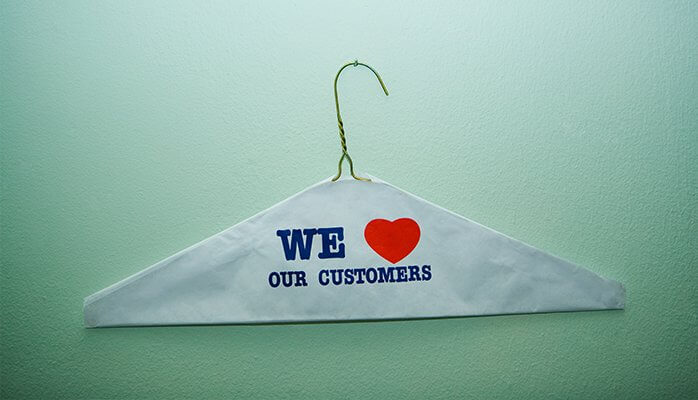In this series, professionals describe the skills they’re building this year.
There is a major skill most organizations lack: Customer centricity, but if you want to remain competitive in today’s economic climate, putting the focus on Customers is imperative to your bottom line.
It was 20 years ago when the realization that I wasn’t Customer centric hit me. Why did I realize this? Because of the three following reasons:
- I operated from a mindset of what was good for the company and ignored the impact on Customers.
- I worried about our internal the processes rather than the experience we gave Customers.
- I concerned myself with internal costs at the expense of Customer Experience.
You might be thinking, “That’s just good business.” And in some circles, you would be considered right — especially 20 years ago. Some organizations, most of them in fact, would say that those three reasons I gave are excellent qualities in a senior-level executive at a major telecom company.
But these are not the qualities of a Customer-centric organization. And 20-year-old thinking isn’t going to cut it in today’s competitive environment.
Customer centricity means that everything your organization does is centered around what is good for the Customer AND the organization. It means that your process, your policies, your channels, and your offer (and every other part of your business) are designed to deliver what is best for the Customer as you know this will result in more profits ($).
If this is not how your company works, then you aren’t Customer centric. Furthermore, how you are as an organization dictates the Customer Experience you will deliver. So, if you aren’t a Customer-centric organization, you won’t deliver a Customer-centric experience.
If you aren’t one of these types of organizations, it’s OK. I wasn’t either at one time. But you can change, and here’s how:
How to Be More Customer Centric
Operate with Customer in mind. Customer-centric organizations design their operations to provide what’s good for the Customer, not the company. In the best situations, you can design operations that work for both, but if a choice must be made, it’s imperative that you choose the option that favors what’s good for the Customer. If this means you offer free (and easy) returns for your online orders even if it’s expensive for you, then so be it. If it means you hire call center employees and pay them more so they have the right mindset to serve others, then you do that — even though cheaper labor is available. The only caveat to this is ultimately what you do must provide a return ($) for the company. These actions may not provide a return on that particular experience, but the return comes because Customers spend more, stay with you longer, etc., overall.
Consider the experience, not the process. Our new clients often present us with detailed journey maps of their system. They are always disappointed when I say it only shows the process, not the experience. The experience includes the emotional responses the moments throughout your experience create. We call it the Emotional Signature®, and every organization has one. To get an idea of what yours is, it requires walking the steps of the process as if you were a Customer, and experience it as they do. We call it a Customer Mirror. This video will explain what kind of insights this outside-in approach can yield:
Internal costs for Customer Experience are worth the expense. We have implemented many Customer Experience programs. All of them have saved money. Why? Poor service costs money. Costs are only costs when you don’t get them back. Costs become investments when they yield higher profits. Most non Customer-centric companies balk at the idea of spending more money to improve the emotional moments of the experience. But Customer-centric companies know that the money they invest in these areas pays off in Customer loyalty and retention, both of which add value to your bottom line. We even have the research to prove it.
We developed an assessment to measure how Customer centric a company is, called Naive to Natural.
The least Customer-centric companies are Naive and the most Customer centric are Natural. It is quite possible that your company is Naive in some ways but Natural in others (or Tansactional or Enlightened). We use this assessment with our clients to help them see where they are doing well as far as making Customer-focused decisions with their experience, and also where they need some work!
Most organizations think they are Customer centric, but they are wrong. Customer centricity is an attitude, a state of mind. It requires a different way of looking at your business and using this new way of looking at business as the basis for your operations. From the way you handle the order to Customer support to how you incent your teams’ performance, the Customer is the focus.
Where is YOUR company’s focus?
If you enjoyed this post, you might be interested in the following blogs:
Why Most Customer Experience Programs Fail
Are you Inside-out or Outside-in?
3 Ways to Tell if Your Customer Relationship is All About You
Colin Shaw is the founder and CEO of Beyond Philosophy, one of the world’s leading Customer experience consultancy & training organizations. Colin is an international author of five bestselling books and an engaging keynote speaker.
Follow Colin Shaw on Twitter & Periscope @ColinShaw_CX


